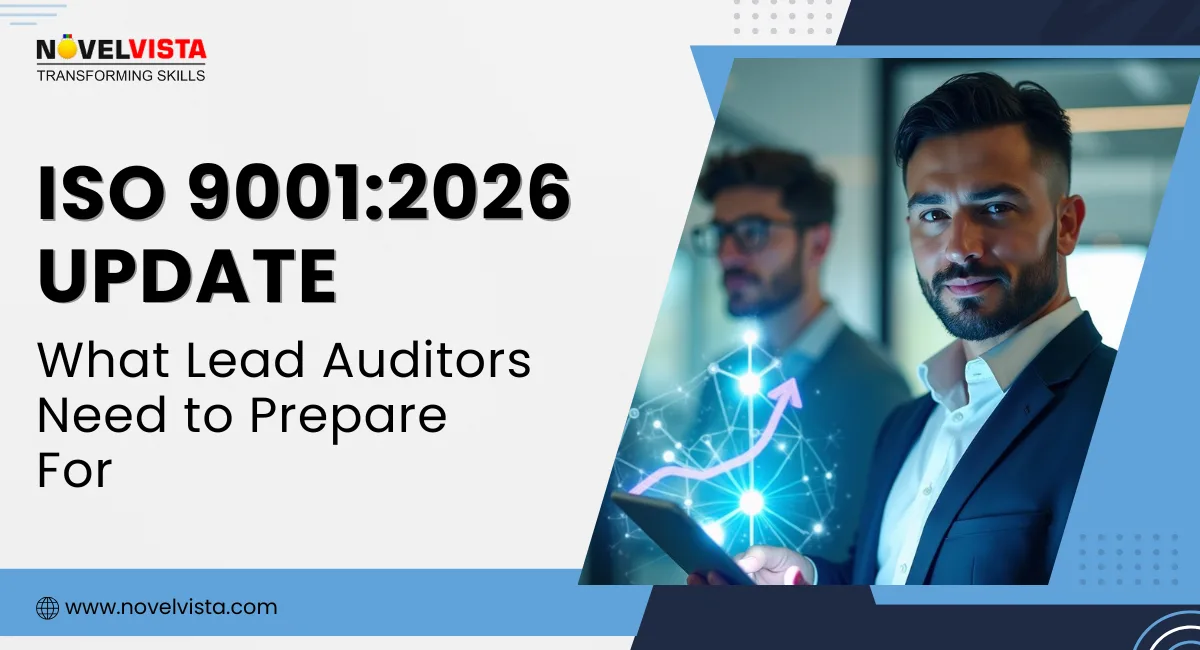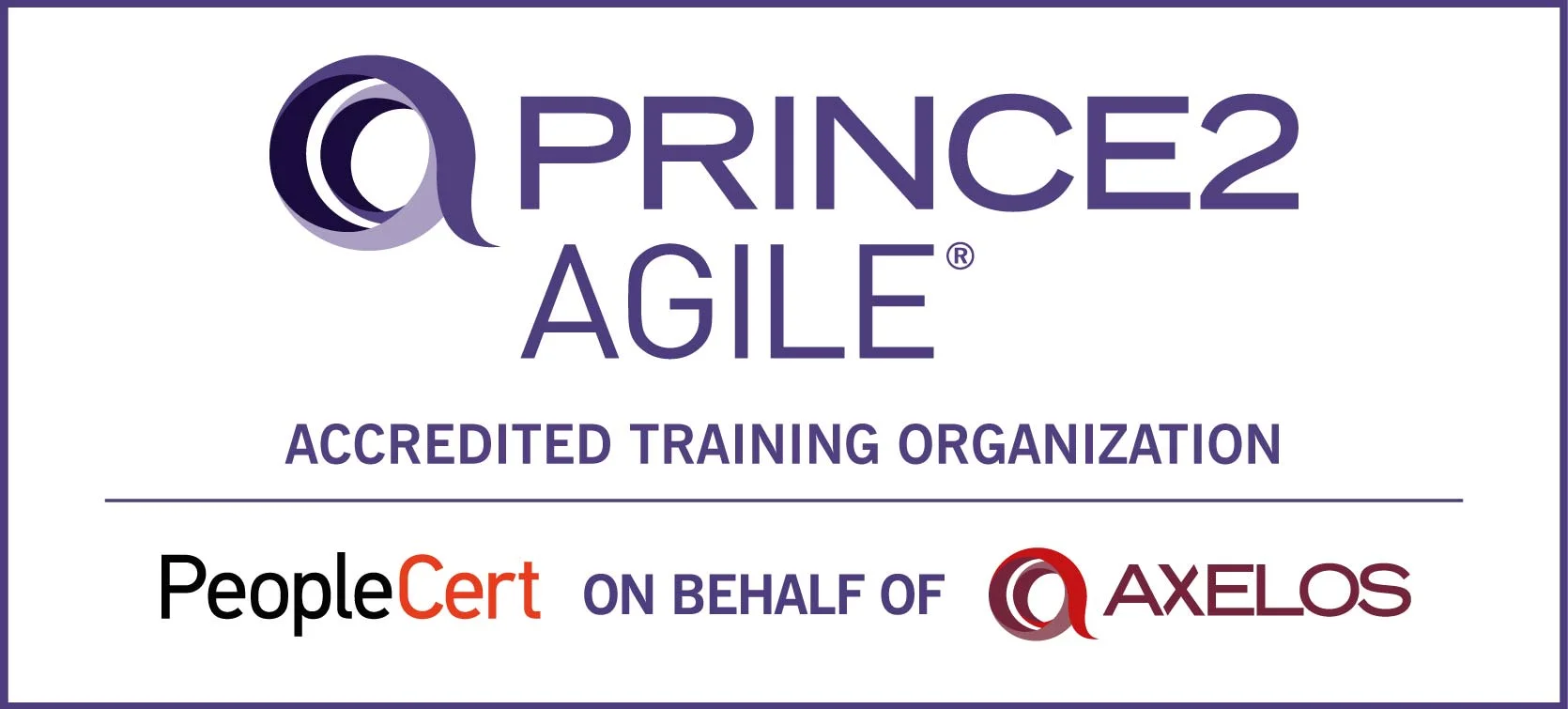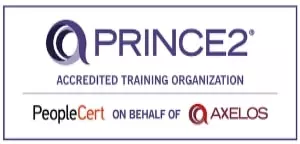- Understanding the ISO 9001:2026 Updates
- Major Changes Introduced in the ISO 9001:2026 Updates
- What the ISO 9001:2026 Updates Mean for Lead Auditors
- Key Competencies Auditors Need for the Upcoming ISO 9001 Revision
- Transition Best Practices for Lead Auditors
- Conclusion: Preparing for ISO 9001 Future Trends
- Next Step
Many auditors are feeling uneasy right now, and honestly, it makes sense. Every conversation about quality systems eventually circles back to the same point: what exactly do the ISO 9001:2026 updates mean for my audits, my skills, and my clients? If you’ve been trying to find a clear, simple explanation without vague statements and confusing jargon, this is where things finally become easier.
We work closely with auditors across different industries, and the same concerns keep coming up, how to stay relevant, how to understand new expectations, and how to prepare clients for upcoming changes. These insights come from real audit challenges, transition discussions, and quality system upgrades we support regularly.
This article walks you through what’s new, what’s changing, and how these updates shape the role of lead auditors going forward — including how to prepare for audit expectations, new competencies, and ISO 9001 future trends that are already taking shape.
Understanding the ISO 9001:2026 Updates
The ISO 9001:2026 updates introduce a shift in how quality is viewed across industries. Instead of focusing only on system performance, the new version asks organizations to show how they behave responsibly, use technology wisely, and respond to growing expectations from customers and regulators. These updates build on the 2015 version but expand the scope to include modern elements that businesses cannot ignore anymore.
A few important additions stand out:
- Sustainability and ESG alignment: Organizations are expected to show how they reduce environmental impact, manage resources, and support long-term responsibility.
- Digital transformation and data-driven controls: AI, automation, analytics, and connected systems now play a big role in quality management, and the updates reflect that shift.
- More focus on risk and opportunity: This approach existed earlier, but the new updates make it more action-driven and closely tied to strategy.
- Ethical and responsible practices: There is more emphasis on transparency, fairness, and trust-building.
- Stronger involvement from stakeholders and partners: Supply chain risks, external partners, and outsourced activities must be monitored more clearly.
The transition timeline also matters. The working draft is already moving ahead, and once the standard is published, organizations will have a transition window up to 2029. This gives lead auditors enough time to prepare — but only if they start early.
These ISO 9001:2026 updates are shaping the next stage of quality management, making them impossible to ignore if you handle audits or guide organizations.
Major Changes Introduced in the ISO 9001:2026 Updates
As the upcoming ISO 9001 revision moves forward, several upgrades become key to understanding how audits must evolve. These changes help organizations stay aligned with modern business needs and help auditors evaluate systems more realistically.

Here are the core changes explained simply:
- Sustainability & ESG requirements: Organizations must consider environmental effects, energy use, waste, and long-term responsibility. Auditors will now review how sustainability is embedded into processes rather than treated as a separate initiative.
- Digital transformation inside the QMS: Automation tools, AI-driven monitoring, IoT, and data insights must connect to quality processes. Auditors will assess how digital tools influence accuracy, traceability, and efficiency.
- Stronger risk-and-opportunity management: The standard gives more clarity on identifying risks early, acting before problems grow, and using opportunities to drive improvement.
- Ethics and quality culture: There’s a stronger push for good behavior, transparency, and fairness. Auditors must review how leadership sets the tone and how employees follow ethical practices.
- Wider stakeholder and supply chain coverage: More focus is placed on suppliers, partners, and outsourced teams. Auditors must check traceability, shared responsibilities, and monitoring practices across the chain.
These upgrades connect perfectly with ISO 9001 future trends, especially the shift toward connected systems, responsible business behavior, and smarter quality tools.
For a deeper look at the ISO 9001 Draft International Standard and its key changes, explore our detailed guide.What the ISO 9001:2026 Updates Mean for Lead Auditors
These updates change how auditors work, what they look for, and how they evaluate evidence. The role becomes more analytical and more aligned with modern business realities.
Lead auditors will need to:
- Check how sustainability and ESG elements are built into processes
- Assess digital tools such as dashboards, automation, and analytics
- Verify ethical practices, governance, and reporting quality
- Evaluate risks and opportunities with a wider lens
- Look deeper into supply chains, partners, and shared risks
And this means one thing: ISO 9001 lead auditor certification updates are essential. Auditors must understand new clauses, new expectations, and new evidence types. They must also be ready to guide clients through transition planning, documentation updates, and system improvements.
We notice this shift clearly when working with auditing teams. The most successful auditors are the ones who look beyond forms and understand the reasoning behind decisions. They connect risks, digital controls, leadership actions, and culture rather than checking isolated points. This practical insight is exactly what the updated standard expects.
ISO 9001:2015 vs ISO 9001:2026 Changes Guide
See exactly what’s new in the 2026 update. Understand key
shifts in digitalization, resilience, and auditor expectations
in minutes, not hours.
Key Competencies Auditors Need for the Upcoming ISO 9001 Revision
With the ISO 9001:2026 updates shifting expectations, auditors must sharpen a few important skills. The job is no longer only about checking documents or asking routine questions. The updated version expects auditors to understand how modern systems work and how decisions affect long-term quality.
Here are the main areas auditors must strengthen:
- Updated clause structures and annex changes: Auditors should know how the new clauses connect, what has been rewritten, and how the adjustments affect process evaluation.
- Digital transformation in the QMS: Tools like IoT, dashboards, automation workflows, and data analytics will appear more often during audits. Auditors must understand how digital tools improve accuracy, assurance, and reporting.
- Risk and opportunity thinking with a wider view: The upcoming ISO 9001 revision asks auditors to consider supply chain risks, environmental risks, and process-level risks together.
- Understanding partner and supplier ecosystems: Since the supply chain gets more attention, auditors must know how to evaluate controls beyond the organization’s boundaries.
- Ability to read sustainability and ESG indicators: ESG measures now affect quality performance. Auditors must be comfortable checking sustainability reports, resource usage, and compliance evidence.
These competencies align perfectly with ISO 9001 future trends such as automation-enabled auditing, deeper supply chain visibility, and quality culture assessment.

Transition Best Practices for Lead Auditors
The transition to ISO 9001:2026 updates does not need to feel overwhelming. With the right plan, auditors can help organizations move smoothly and confidently. Transition readiness depends on understanding the updates and guiding teams step by step.
Here are simple but effective practices to follow:
1. Build strong upgrade plans
Auditors should help organizations compare the 2015 version with the 2026 updates. This includes identifying gaps, redesigning documents, and improving evidence gathering.
2. Train clients on the upcoming ISO 9001 revision
Many teams will not understand the new expectations immediately. Auditors must explain what has changed and what new outcomes the organization must show.
3. Use new tools and templates
Digital checklists, risk-mapping tools, sustainability logs, and supplier monitoring templates help teams prepare faster and more accurately.
4. Track evidence of ESG, ethics, and digital improvements
Since these are major additions, organizations must show how their systems support responsible and technology-enabled practices.
5. Strengthen leadership awareness
Leaders must understand how the updates connect to strategy, customer trust, and long-term growth.
All of this reinforces the need for ISO 9001 lead auditor certification updates, ensuring auditors stay aligned with modern methods and expectations.
Conclusion: Preparing for ISO 9001 Future Trends
The ISO 9001:2026 updates mark an important moment for both organizations and auditors. The shift toward sustainability, digitalization, wider risk management, and stronger governance shows how quality management is becoming more holistic and future-ready. For auditors, this is the right time to update skills, understand new clauses, and adapt to the upcoming ISO 9001 revision with confidence.
Our experience training auditors and quality teams shows that these updates are not just formal changes. They reshape how organizations think, plan, and improve. When auditors understand the new expectations clearly, the entire transition becomes easier, smoother, and far more meaningful.
As companies prepare for the transition window leading up to 2029, the role of trained and updated auditors becomes even more valuable. Strengthening competencies, using modern tools, and staying informed about ISO 9001 future trends will help auditors guide organizations with clarity and ease. With the right preparation, these changes become an opportunity to deliver stronger, more meaningful audits that support long-term compliance and better quality outcomes.
Next Step
If you want to stay ahead of the ISO 9001:2026 updates and upgrade your auditing confidence, this is the right time to invest in proper training. NovelVista’s ISO 9001 Lead Auditor Certification Training gives you the skills, tools, and updated knowledge you need to audit modern systems with ease. Join the program, learn from expert trainers, and get fully ready for the upcoming ISO 9001 revision with practical, real-world guidance.
Frequently Asked Questions
Author Details

Mr.Vikas Sharma
Principal Consultant
I am an Accredited ITIL, ITIL 4, ITIL 4 DITS, ITIL® 4 Strategic Leader, Certified SAFe Practice Consultant , SIAM Professional, PRINCE2 AGILE, Six Sigma Black Belt Trainer with more than 20 years of Industry experience. Working as SIAM consultant managing end-to-end accountability for the performance and delivery of IT services to the users and coordinating delivery, integration, and interoperability across multiple services and suppliers. Trained more than 10000+ participants under various ITSM, Agile & Project Management frameworks like ITIL, SAFe, SIAM, VeriSM, and PRINCE2, Scrum, DevOps, Cloud, etc.
Course Related To This blog
ISO 9001:2015 Lead Auditor Training and Certification
Confused About Certification?
Get Free Consultation Call









